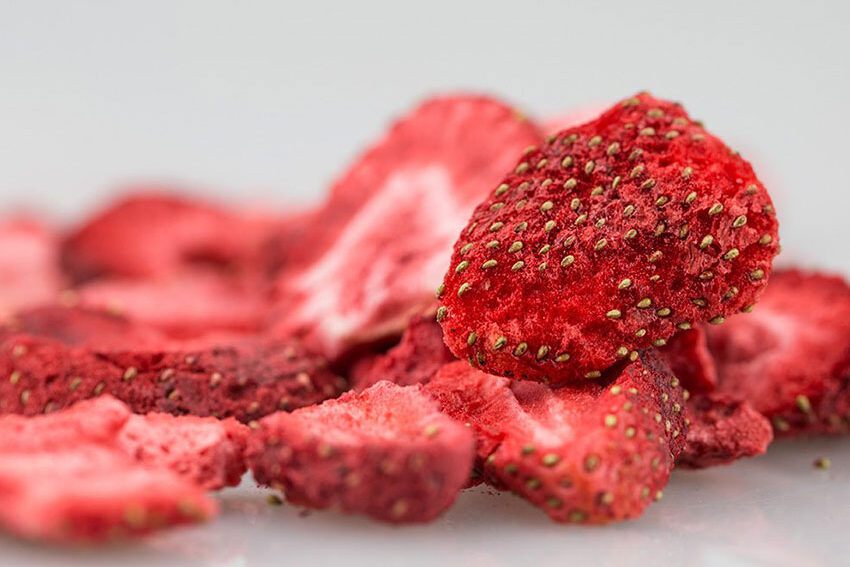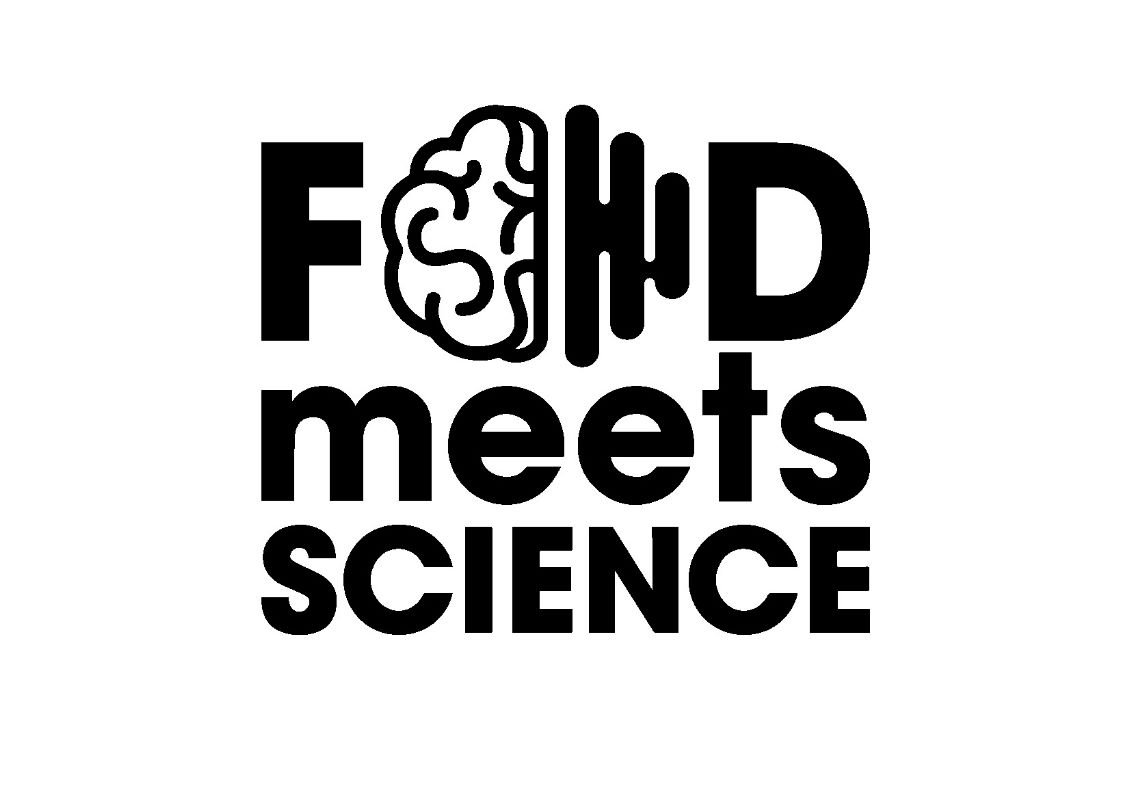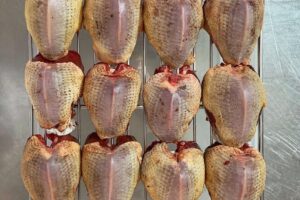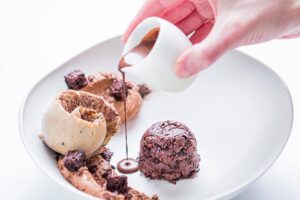
What is the lyophilization process?

Do you go mountain climbing, or maybe you practice survival? If so, you’ve probably heard of freeze-dried food. Contrary to appearances, such food will be useful not only when you need light and durable food supplies, but also when you need healthy food. The great advantage of this method is that it preserves food without preservatives but without losing its nutritional value and taste. Let’s start from the beginning and check out the history of lyophilization.
The freeze-drying process
The lyophilization process has been known for over 30 years. Initially, this method was used to prepare food for astronauts. When it became a bit cheaper, lyophilized food became more accessible to soldiers, sailors, and climbers. Currently, it is available almost everywhere and for anyone who needs light food with a long shelf life. It’s super handy when traveling! But what is lyophilization itself? The first stage of freeze-drying is getting rid of the water from food products. This is done by freezing it.
The next step is vacuum packaging the product. Lyophilization uses the phenomenon of sublimation. Sublimation is the direct transition of the product between the gaseous and solid states without passing through the liquid phase. The entire process is carried out at a low temperature and low pressure. This is a method of food processing. Certainly healthier than adding preservatives. In addition, during this method, bacteria and fungi accelerating decomposition are removed from the food. The food retains its color, taste, and aroma. Lyophilization removes up to 95% of water, so the product weight is reduced.
Older than you think
What was first put through this process? An interesting fact is that it was Nescafé coffee. It has been mass-produced as a variety of instant coffee since 1938. Consumers believe that it is better than other instant coffees. Although it has less caffeine, it is more durable. Fruits and vegetables are often subjected to this process, because they do not lose their nutritional value or taste, and even retain all the vitamins. In fact, almost any food product can be freeze-dried. Also spices, sauces, ready meals, or even meat.
The few disadvantages that can be attributed to the freeze-drying process include the food preservation time. This process takes an average of 1-2 days. In addition, it is 4-8 times more expensive than traditional drying. Despite the high cost of production of freeze-dried food, it is definitely worth the interest. The ease of preparation, the light weight of the product, and preserved nutrients are a big advantage for many people.









Post a comment